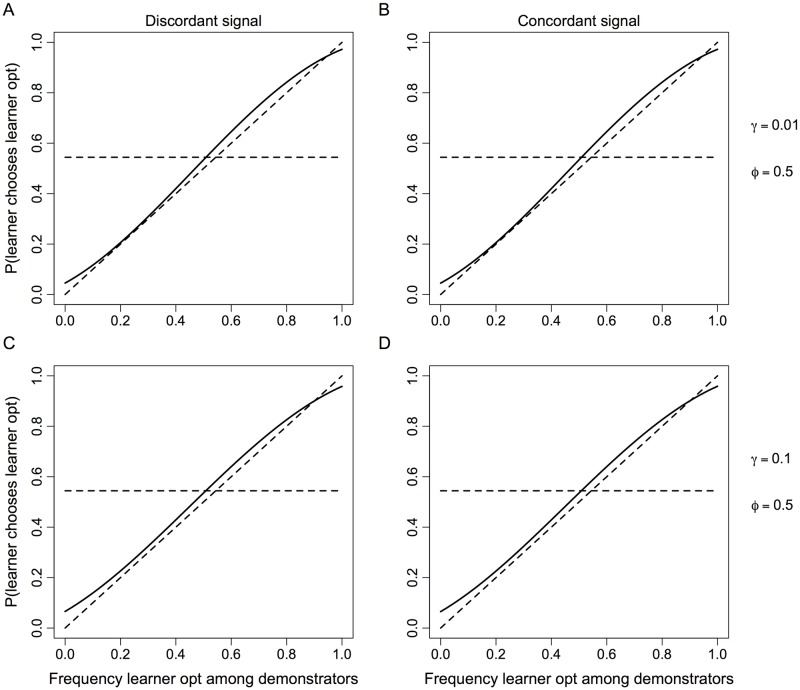Fig 1. Evolved learning strategies when individual learning is relatively unreliable and the signal of similarity is uninformative.
Solid lines summarize the properties of the learning system by showing the probability that learners choose their own optimum as a function of how common this same behavior is among demonstrators. Learning strategies potentially depend on whether a learner receives a signal of similarity indicating either different optima (Discordant signal, A and C) for learners and demonstrators or the same optimum (Concordant signal, B and D). This signal of similarity is uninformative (ϕ = 0.5, cf. Fig 2). Rows vary according to whether a difference in optima is rare (A and B, γ = 0.01) or more common (C and D, γ = 0.1). The horizontal dashed lines show a learning system that ignores demonstrator behavior and relies only on individual learning. The diagonal dashed lines show an unbiased learning system that does not generate cultural evolution. See S1 Appendix for model details.

